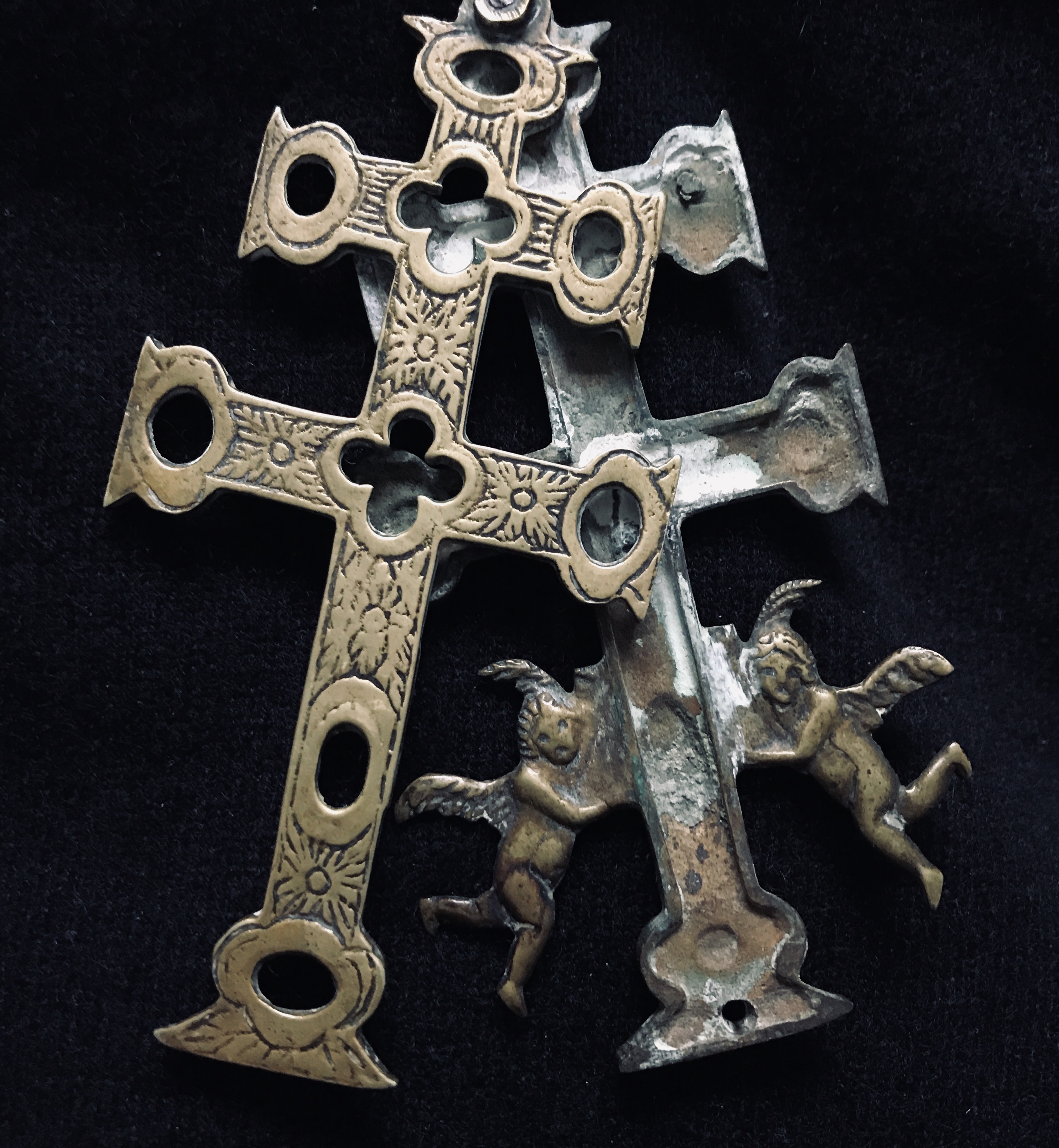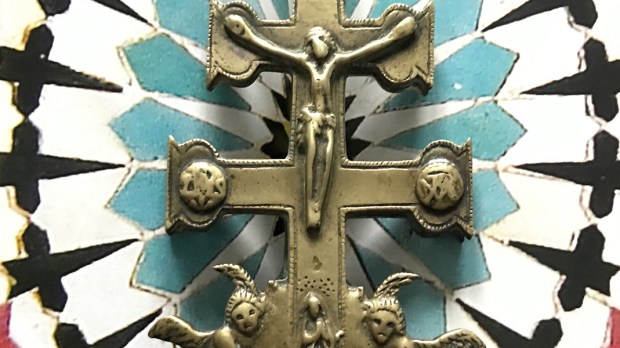Lenten Campaign 2025
This content is free of charge, as are all our articles.
Support us with a donation that is tax-deductible and enable us to continue to reach millions of readers.
Pope Francis has now returned from Iraq, while questions of harmonious coexistence in that ancient land remain. It is not only the Middle East that went from being predominantly Christian to Muslim more than a thousand years ago. Spain was also Christian, for about 300 years, before mostly adopting Islam for many centuries to come. The Arab occupation started in 711, and the last Muslim Spanish kingdom endured until the Reconquista was completed in 1492.
During those many centuries there were occasional miraculous conversions of Muslim overlords, although none are as celebrated as the happening of 1231. The south-eastern kingdom of Murcia was ruled by a Muslim of considerable curiosity. When a wandering Christian missionary was caught in the Murcian city of Caravaca, the king asked him to celebrate the Eucharist so that he could witness the miracle of transubstantiation. The priest was happy to oblige but couldn’t find a cross to place on the makeshift altar. At this point, two angels appeared carrying a golden crucifix.

According to legend, the king immediately converted to Christianity. What impressed him most was the angels with their sacred delivery. These celestial beings are part of many different religions and have always been central to Islam. The Muslim king was highly aware of angels: in Islamic scripture it was Gabriel who announced to Mary that she was to be the mother of Jesus, as well as conveying the first revelations to Muhammad.
Because of this shared heritage, the Murcian king was entirely convinced. From that time onwards, the special two-barred crucifix of Caravaca has usually been accompanied by two angels. It must be said, however, that the Muslim angels were always more modestly dressed than their Caravacan counterparts.
These crucifixes remain a popular souvenir for the numerous pilgrims who visit that holy city. The example shown here is probably from the 17th or 18th century and has typically rotund, unclothed angels. As with the miraculous cross that astonished the Murcian king, it is also a reliquary. That early version housed part of the True Cross; this one has been emptied of whatever relics it once contained.

There are older examples than this. A large number ended up in the Americas, where pioneer Spanish priests often carried this charming symbol of conversion. In what would become the USA, the 18th-century missionary Junipero Serra was another devotee of this type of crucifix – without the angels. When his body was exhumed in 1943, a Caravaca cross was found on his chest. Bringing the story back to Pope Francis, it was this relic of the blessed Junipero that His Holiness kissed when he visited California six years ago.
The virtual Museum of the Cross
This crucifix is from the collection of the Museum of the Cross, the first institution dedicated to the diversity of the most powerful and far-reaching symbol in history. After 10 years of preparation, the museum was almost ready to open; then came COVID-19. In the meantime, the virtual museum is starting an Instagram account to engage with Aleteia readers and the stories of their own crucifixes: @crossXmuseum

